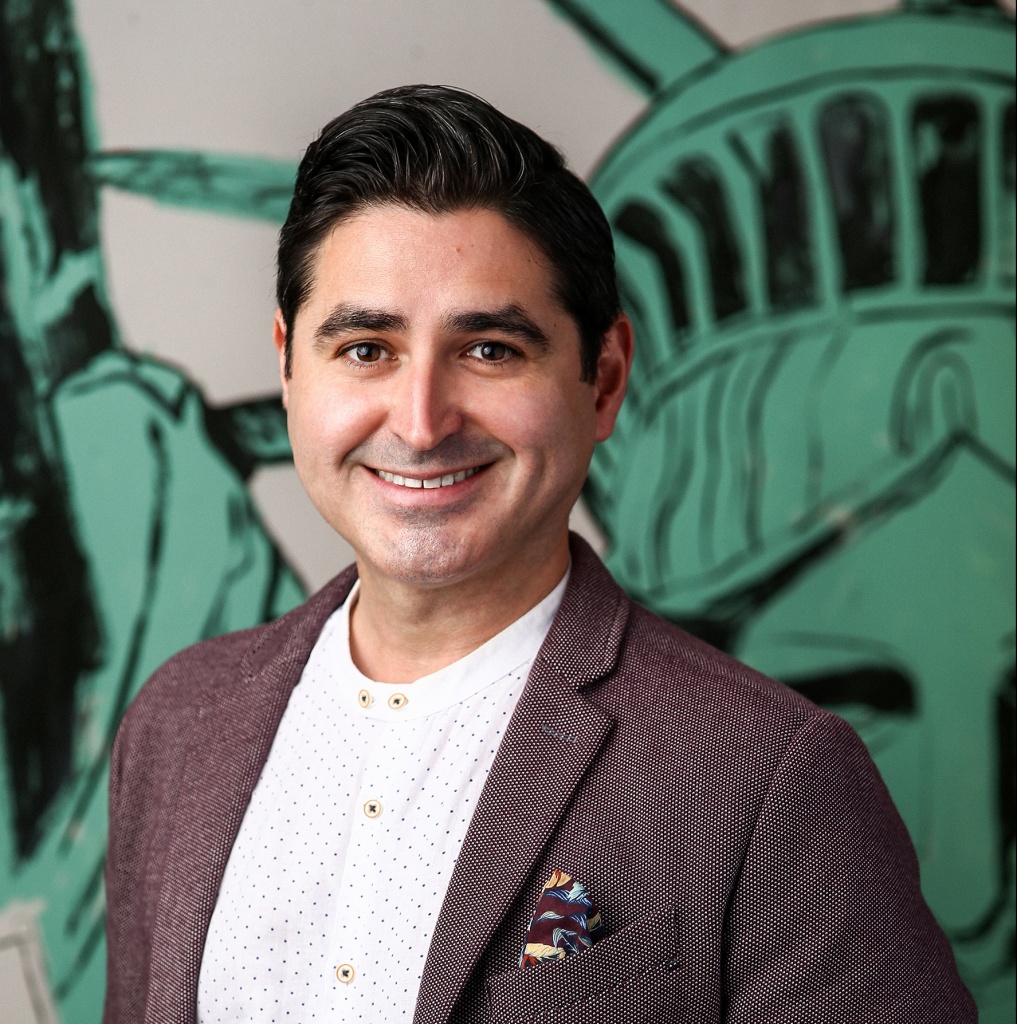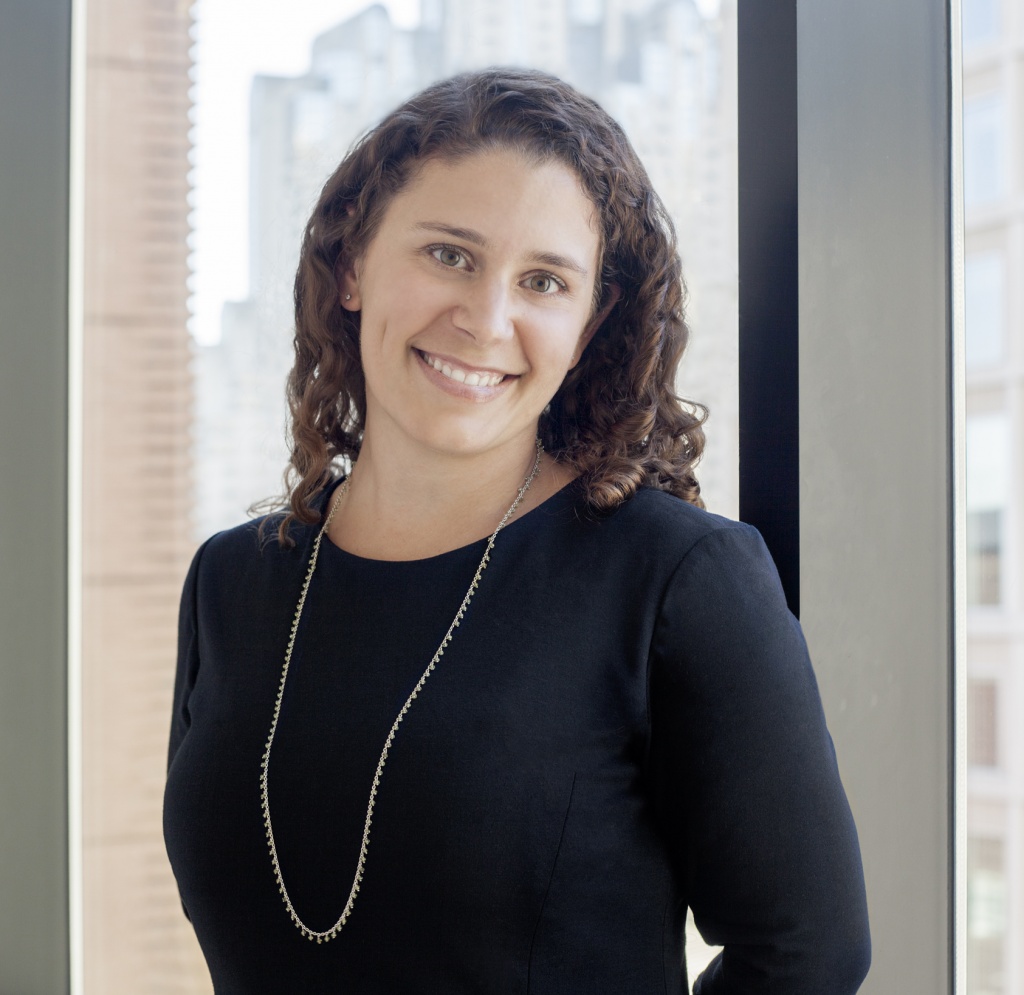
José Diaz, a native of Miami, is the Chief Curator at The Andy Warhol Museum, Pittsburgh, and a 2018 fellow at the Center for Curatorial Leadership (CCL). Diaz focuses on the life and legacy of Andy Warhol. He recently curated the first museum solo exhibition of Iranian artist Farhad Moshiri. Prior to joining The Andy Warhol Museum, he was the Curator of Exhibitions at the Bass Museum of Art in Miami Beach where he curated artist commissions by Athi-Patra Ruga, Sylvie Fleury, the exhibition GOLD and organized One Way: Peter Marino. He has worked at the Tate Liverpool and the Liverpool Biennial. Diaz received a MA in Cultural History from the University of Liverpool, and a BA in Art History from San Francisco State University. In 2003 Diaz tenured as a Curatorial Intern at The Rubell Family Collection and launched a nomadic curatorial project called Worm-Hole Laboratory.
Photo by Abby Warhola

Lisa Sutcliffe is Herzfeld Curator of Photography and Media Arts at the Milwaukee Art Museum, where she oversees the Museum’s Herzfeld Center for Photography and Media Arts. She has organized several exhibitions for Milwaukee, including Postcards from America: Milwaukee (2014); Rineke Dijkstra: Rehearsals (2016); Penelope Umbrico: Future Perfect (2016); and Paul Druecke: A Social Event Archive, 1997–2007 (2017). From 2007-2012 she served as Assistant Curator in the Photography Department at the San Francisco Museum of Modern Art (SFMOMA), where she organized Naoya Hatakeyama: Natural Stories (2012) in association with the Tokyo Metropolitan Museum of Photography, and The Provoke Era: Postwar Japanese Photography (2009), the first survey of SFMOMA’s internationally renowned collection of Japanese photography. She holds an MA in the History of Art from Boston University, where she specialized in the History of Photography, and a BA in Art History from Wellesley College, Wellesley, MA.
Photo by Carlos Arrieta
MEET THE JURORS
We asked Diaz about Andy Warhol and how printmaking is central to his work.
I think Warhol pushed the medium and allowed for a broad audience to access and interpret his work. Today, contemporary artists can take this one step further by utilizing print to reach the masses with important content that tackles current affairs and concerns, especially during the current political climate.
We asked Sutcliffe, when there is so much discussion of moving beyond medium specificity in the arts, how do you approach the field of photography?
At this moment when there is so much discussion of moving beyond medium specificity in the arts, I see my role as engaging with the questions that the medium of photography raises. I have always been interested in photography as a technology, and not just as an art form.
And, about what she was working on now.
I’m organizing an exhibition entitled The San Quentin Project: Nigel Poor and the Men of San Quentin State Prison, which debuts a series of visual documents made collaboratively by artist Nigel Poor and the men incarcerated at the prison, as well as photographs from the prison’s archive and audio featuring stories of life inside prison, shared and produced by those living it. The exhibition offers an opportunity to experience how personal narrative can illuminate and counter common stereotypes. As part of the program, there will be a symposium with the Haggerty Museum, Marquette University to envision the role of the arts in criminal justice reform.